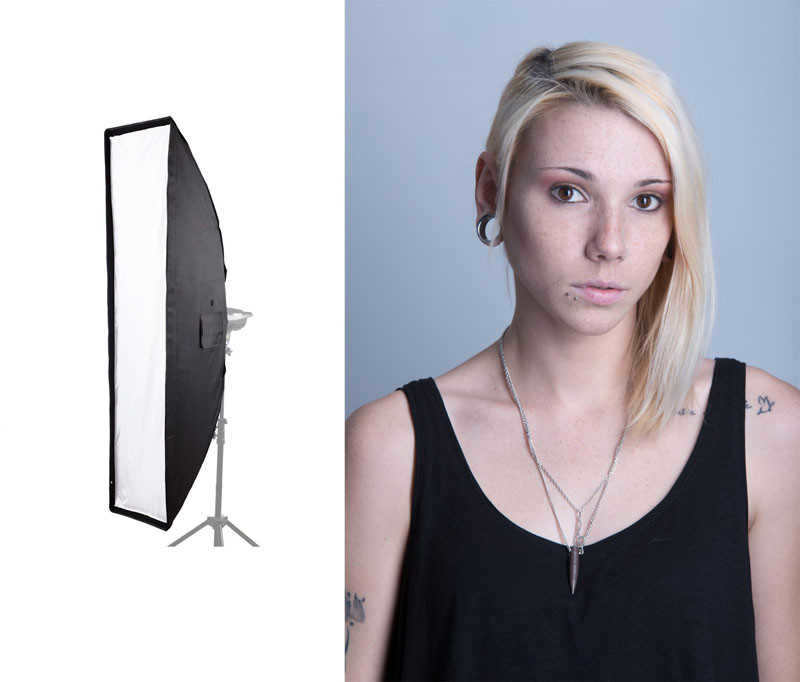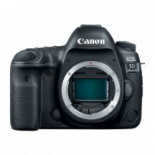
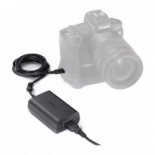
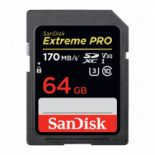
Check out these related articles
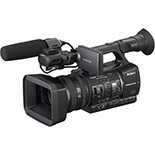
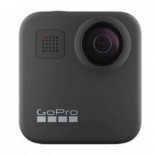
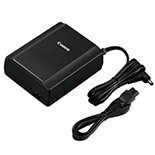
Related articles
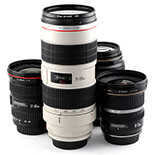
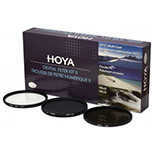
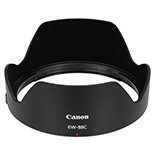
Also check out
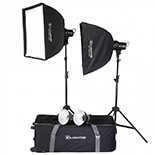
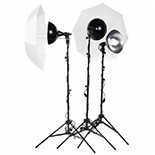
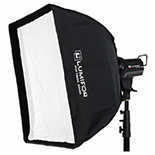
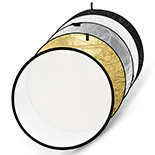
Related Products
- Fastening systems
- Measuring equipment
- Racks and Rack Accessories
- Backgrounds
- Synchronizers
- Macro Boxes and Tables
- Photo Umbrellas
- Power for lights
- Camera lights
- Reflectors and nozzles
- Special Effects
- Lamps
- Studio Equipment Bags
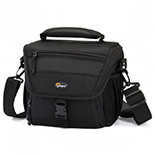
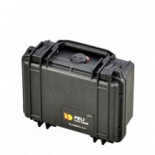
Also check out
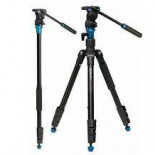
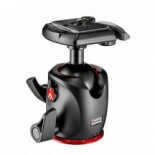
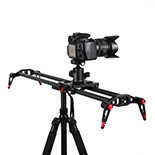
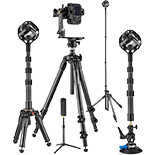
Check out these related articles
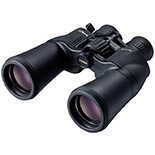
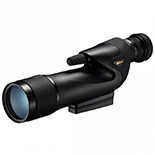
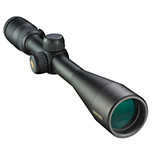
Related articles
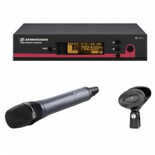
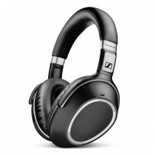
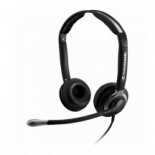
Check out these related articles
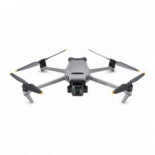
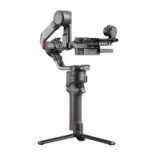
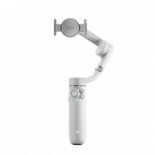
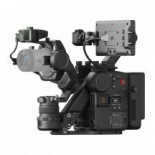
Related articles
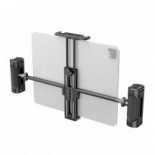
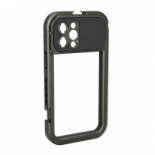
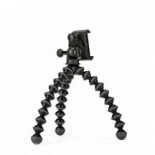
Related Articles
- Home /
- News /
- Reflectors for photography: A comprehensive guide to choosing and understanding their purpose. Includes stunning photo examples.
A complete guide on selecting and utilizing reflectors for photography. Discover their various applications with captivating photo illustrations.
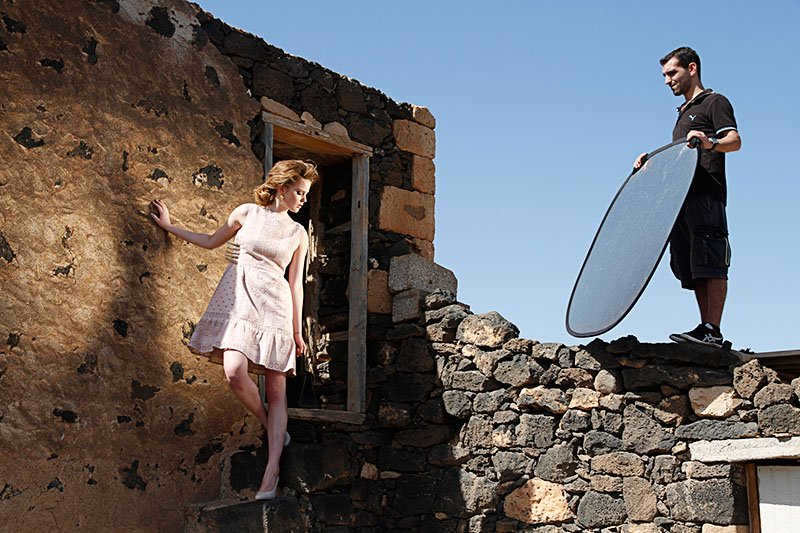
Photography reflectors: selecting the right one and understanding their purpose. Photo examples included.
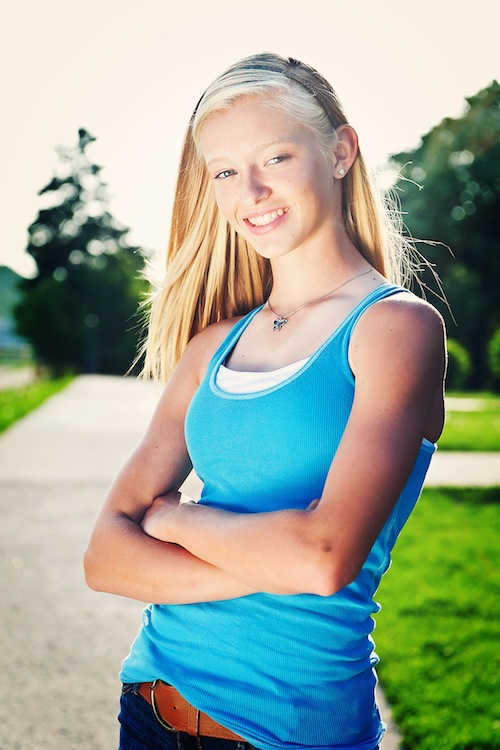
Classification of reflectors.
As mentioned previously, reflectors come in various sizes and shapes, such as portrait and growth, round, oval, rectangular, triangular, and more. Depending on the type of frame, reflectors can be flexible or rigid, monolithic. They can also be used for light reflection, for use “in the light,” or for light absorption, depending on their surface properties.
There is a wide range of reflectors available in the market for photo accessories. The price range varies and depends on the functionality, size (working area) of the reflector, and brand recognition. Round-shaped reflectors with small diameters are the most common due to their versatility and affordable price. These reflectors typically include up to five or even seven functional working surfaces.
Various Varieties of Reflector Surfaces. Let’s examine the function of the primary surface types using the illustration of a traditional circular portrait reflector, measuring 32 inches across, known as the “five in one”. This product comprises a flexible collapsible ring with a white translucent material stretched across it, intended for use “in the light”. For the sake of convenience, we will refer to this structure as the “base”. Following that, a unique zippered cover is placed over the base, with each of its four surfaces serving a distinct purpose.
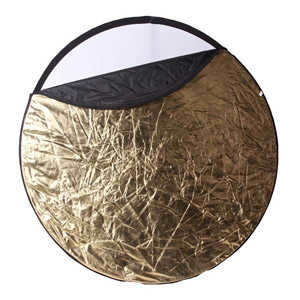
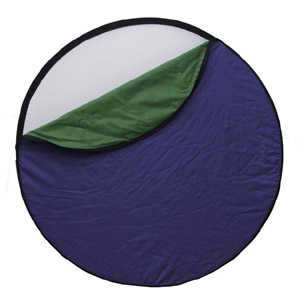
-
The silver reflector – is frequently used because of its high efficiency* and should be used carefully. For instance, in bright sunlight, it is not recommended to direct the “bunny” towards the model’s eyes, unless you want the effect of tears running down with mascara. It is essential during cloudy weather. It provides a slightly modified light with a cool-toned bias.
To resolve the issue, it is necessary to position a foundation on top of the model in order to create a gentle shadow on the shooting area.
Additionally, when folded, the reflector is stored in a compact case that is equipped with a handle for convenient transportation.
The seven-in-one version of the reflector also includes two additional surfaces: green and blue. These surfaces are specifically intended for capturing portraits and subsequently removing the colored background using graphic editing software.
Tips for shooting with a reflector
A reflector is a useful tool for photographers when they need to use reflected light to illuminate shadows and balance the overall lighting in a shot. Typically, the main light source is the sun, but a reflector can also be used to create a modeling effect when shooting in shade or in cloudy conditions. Additionally, a reflector can be used to soften harsh shadows, especially on the model’s eyes when the sun is directly overhead. Having an assistant is often necessary when using a reflector in this way.
Okay, let’s imagine that you’re photographing a model during an outdoor photo shoot, and your objective is to capture a close-up or half-body portrait with the best possible results. I purposely omit factors that directly or indirectly impact the quality of the portrait (such as the concept, composition, framing, perspective, etc.), and instead, I’ll solely focus on the lighting of the environment and the function of the reflector in this scenario.
If you want to use a reflector while taking photos, you’ll need an assistant who already has experience with reflectors. In this situation, you just need to focus on the lighting and communicate your desired outcome to the assistant, occasionally providing feedback to adjust their actions.
But what if you have a model, plenty of ideas, and a strong desire to shoot, but no assistant? And you just purchased a reflector yesterday… It’s a common predicament, but there is a solution.
Firstly, you can hold the reflector yourself by placing it on your left shoulder and gripping it with your left hand. Secondly, for close-up portraits, the model can hold the reflector herself.
Thirdly, in certain cases, you can secure the reflector using natural objects or improvised tools in the scene (such as bushes, tree branches, etc.).
The pictures demonstrate the utilization of a portrait reflector during a plein air photoshoot:
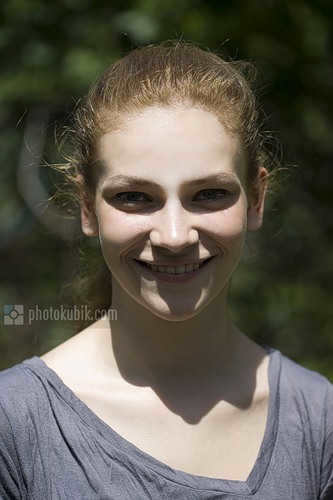
the photo was taken in bright sunlight from the front, without utilizing a reflector.
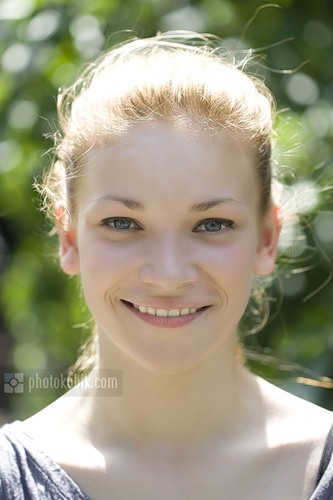
The photo was taken with natural backlighting, without the use of a reflector.
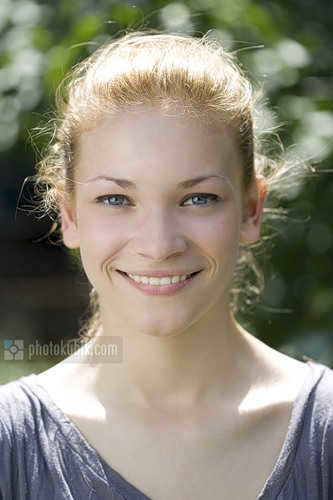
A white reflector is positioned at the upper-left corner, angled at 45 degrees in relation to the model. The photograph is taken with the subject backlit by sunlight.
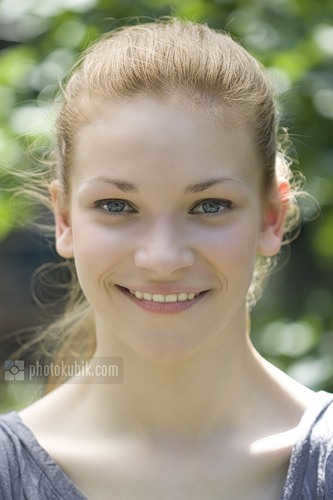
The reflector, known as the “clear” reflector, is situated directly above the subject’s head, capturing the beautiful illumination of sunlight from behind.
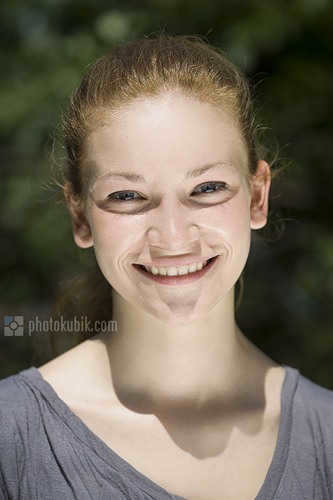
A silver reflector is placed in front of the model, capturing the sunlight from the front.
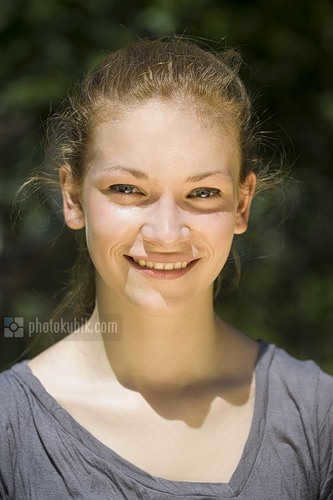
A frontal shot of the model with a gold reflector positioned below, capturing the sunlight.
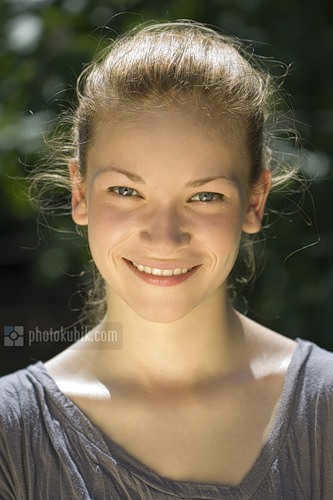
A reflective gold panel is positioned in front and below the model, capturing the beautiful backlight of the sun.
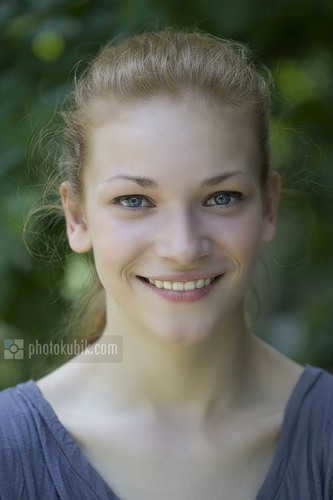
The black reflector is positioned to the right side (at a 90-degree angle from the subject) and is used when shooting in shady areas.
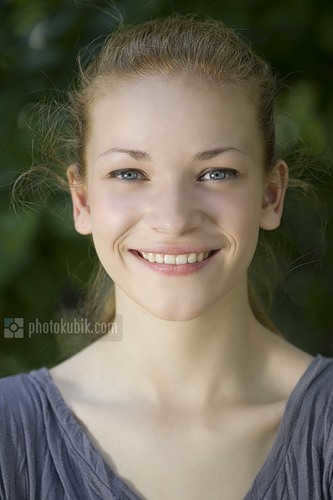
The silver reflector is placed in the top-left position, at a 45-degree angle in relation to the model. The photo is taken in a shaded area.
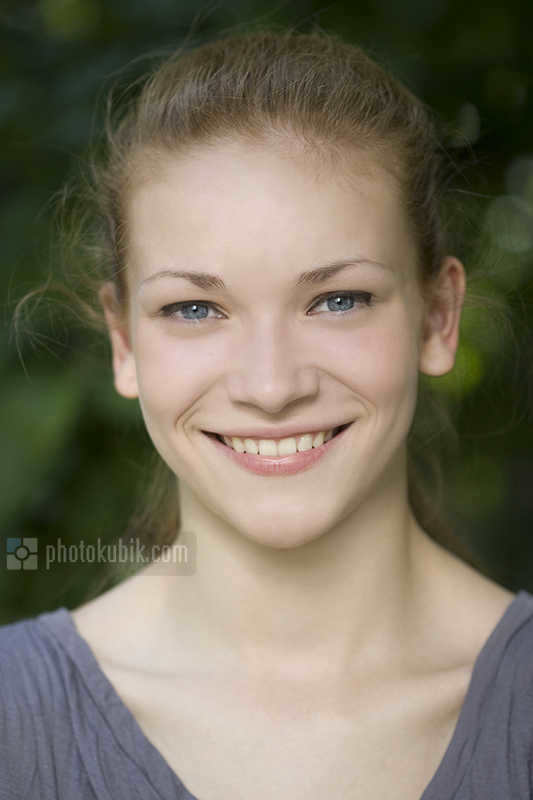
A silver reflector is placed in front of the model at a 45 degree angle, and the photo is taken in the shade.
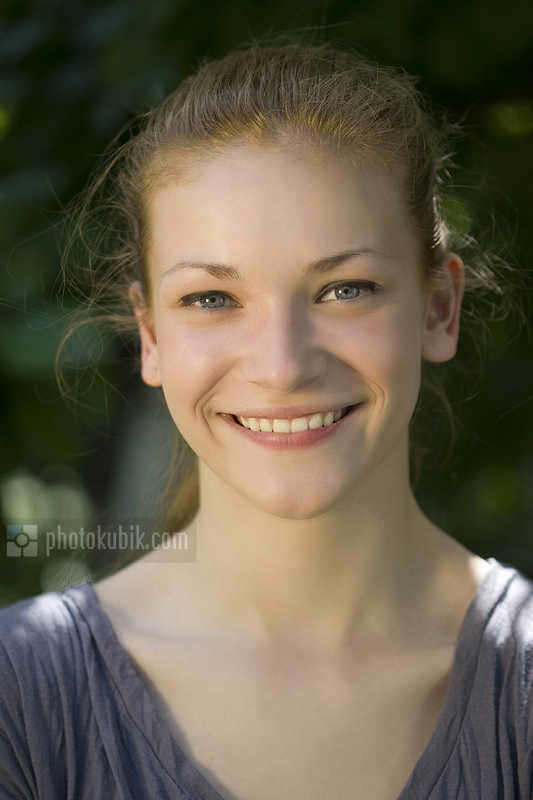
A reflector made of gold is placed in the top-left corner (positioned at a 45-degree angle from the model), and the photo is taken in a shaded area.
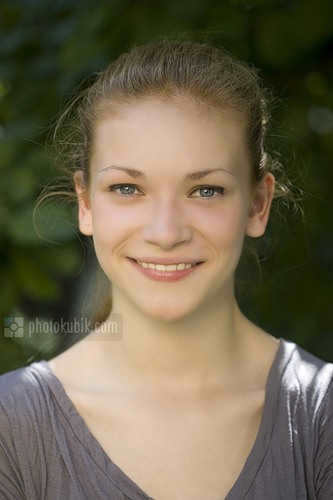
The golden reflector is positioned in front of the model from above at a 45-degree angle, capturing the shot in the shade.
Materials from photokubik.com were utilized in the compilation of this article.
We are showcasing photography reflectors from the following manufacturers:
Many believe that a true photographer only requires a camera and nothing more. However, this is not the case. Typically, professionals possess an entire arsenal of additional tools in addition to their camera. Unfortunately, relying solely on a camera does not always yield truly stunning photographs. This article will introduce you to a device known as a photography reflector.
What is a photo reflector and what does it look like?
The most crucial tool for a photographer is light! This means that a photo reflector is an essential item for any photographer. If you’re new to photography and have never used this device before, or if you have no idea what it looks like, let’s break it down.
A photo reflector is a device that consists of a frame with a stretchable reflective material. It is highly portable and easy to use. It significantly enhances the quality of photos. This device is also known as a reflector, light disk, or screen, but the term “photo reflector” accurately captures its purpose and function.
A reflector for photography comes in various shapes, colors, and serves different purposes.
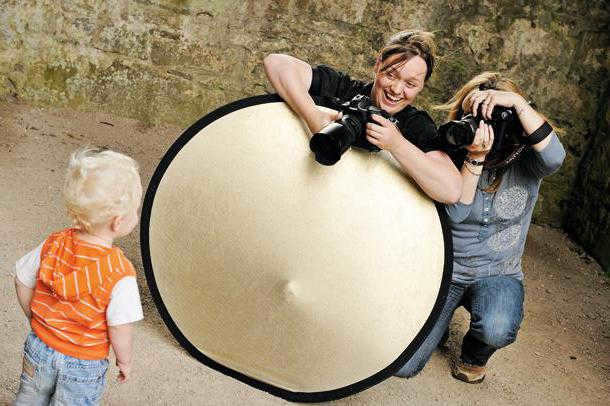
The Significance of a Reflector in Photography
The reflector in photography serves the purpose of reflecting light. Its main function is to enhance the overall illumination of a portrait by illuminating the details that are typically in the shadows.
Additionally, in specific circumstances, the reflector has the potential to function as a source of light. For instance, imagine you are capturing a portrait of a model who is positioned sideways next to a window. If you opt not to utilize any supplementary tools, what will be the outcome? Unquestionably, the portion of the face that is facing the window will be illuminated, while the other segment will remain in darkness. Consequently, half of the face will simply recede into obscurity. The resulting shot will not be quite flawless. However, if you introduce a reflector to illuminate the shadowed side, you will observe a noticeable difference. The overall lighting of the composition will become more uniform.
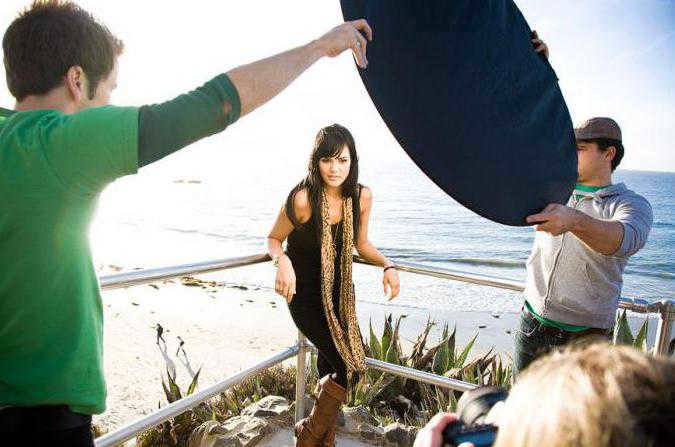
What are the different types of reflectors?
Reflectors come in various shapes, sizes, colors, and serve different purposes:
- Reflectors can be round, square, oval, or rectangular in shape.
- They are available in both small and large sizes. The ideal size for a reflector is typically between half a meter to a meter in diameter. For maximum practicality, a 5 in 1 reflector for photography is recommended, as it includes a white fabric base with four additional covers in different colors.
Each color of the reflector serves a specific purpose:
- White reflectors are used in bright, sunny weather and are highly effective at diffusing light.
- Black reflectors, on the other hand, are used when shooting reflective surfaces or in situations where excess light needs to be absorbed.
- The silver reflector is frequently utilized more than other types. It is essential when the weather is overcast and cloudy. However, it is not advisable to use it on a clear day as it can cause blindness.
- The gold reflector is not often used, but it is still beneficial to have in one’s arsenal. This accessory can add warmth to a photo or create a sunset effect.
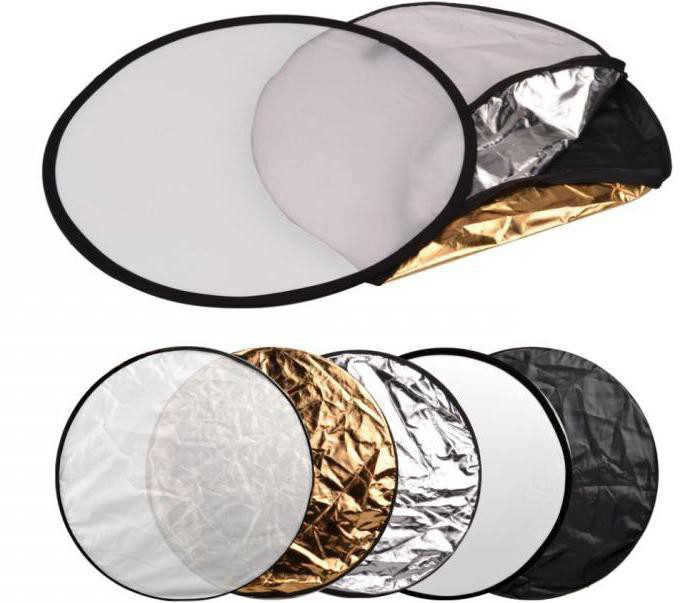
Choosing the Perfect Reflector
When it comes to purchasing a useful accessory like a reflector, you will likely find yourself faced with the decision of what size and shape to choose. If you primarily work in a studio setting, it is recommended to opt for larger reflectors or screens. On the other hand, if you frequently shoot outdoors without a dedicated assistant to hold the reflector, it may be more practical to invest in a smaller-sized accessory.
Regarding shape, a triangular reflector with a handle is often the most convenient option. However, if you have a helper available, both round and oval shapes can also be suitable.
In terms of price, there is a wide range available. Ultimately, the cost will vary depending on the brand, so it’s important to consider both the intended purpose and your budget when selecting a reflector.
Correct Usage of a Reflector
Understanding the purpose of a reflector for photography is essential. So, how can this device be effectively used? It is actually quite simple to use, and even novice photographers will quickly grasp its purpose. The following guidelines will explain how to properly use a reflector in photography.
- Position the reflector above the subject, at a natural angle. The “bottom to top” approach is not always effective. This technique should only be used to eliminate shadows under the chin or on the neck. Neglecting these guidelines can result in an unflattering effect, resembling shining a flashlight from below. If the subject is a person, it may lead to unsightly under-eye shadows in the photo. If necessary, consider using two reflectors, with the smaller one placed at the bottom.
- Take care not to direct the reflector towards the model’s eyes. This way, you’ll have a better chance of capturing a great photo without causing discomfort, smudging mascara, or having watery eyes.
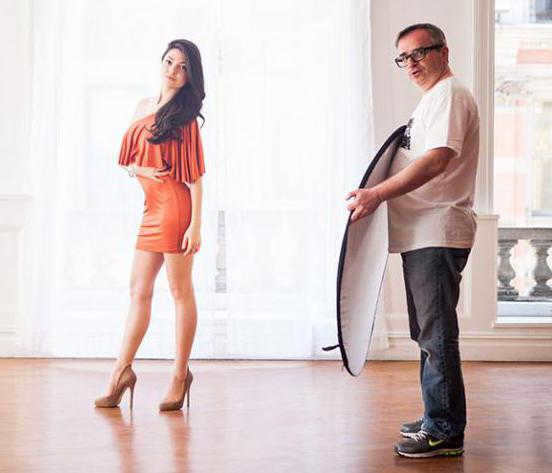
DIY Guide: Creating Your Own Photography Reflector
If you’re looking to save some money on professional equipment, you can create your own photography reflector. In a pinch, you can use a large sheet of white paper as a makeshift reflector. However, this option won’t last long, so it’s recommended to make something more durable.
To begin, you’ll need to locate a frame for your reflector. Keep in mind that it should be lightweight. You can repurpose a small child’s hula hoop or construct one using sturdy wire.
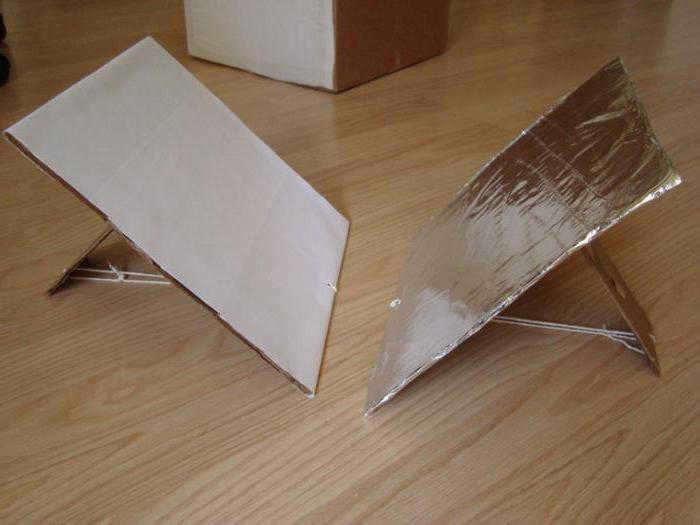
Let’s talk about the reflective surface now. Attach a piece of white paper to the cardboard – and voila, you have a white reflector for photography. And on the other side, use slightly crumpled aluminum foil – and there you have a silver screen. If you want to achieve a warmer picture, you can paint the foil with gold paint.
By the way, if you happen to find an old umbrella in your attic, you can also line the inside with crumpled aluminum foil. This way, you’ll have a fantastic reflector for photography, complete with a handle for easy grip.
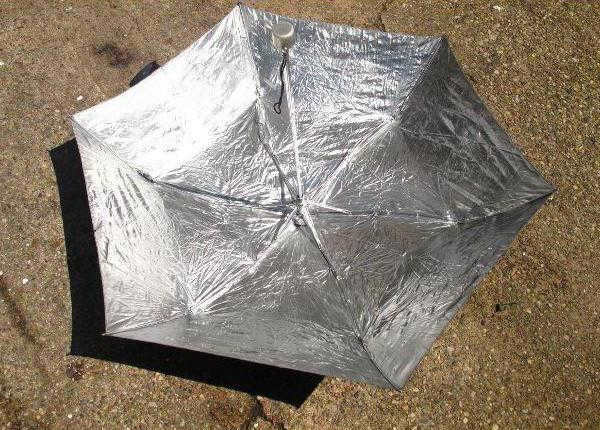
Summary
If you believe that you can manage without this accessory, it implies that you haven’t encountered it in your work yet. Even the most skilled photographers, unfortunately, can’t always adjust their camera’s exposure compensation settings perfectly under certain conditions. That’s why helpful tools come to their aid. Whether you purchase a reflector or create one on your own is your decision. May your shots always be successful!
The term “reflector” holds multiple definitions. In this article, we will explore the concept, device, and operating principle, as well as the various applications and types. Additionally, we will delve into a detailed analysis of the most common reflector types.
Firstly, it serves as a tool for directing and reflecting radio waves, positioned adjacent to the antenna. Secondly, it acts as a reflector for infrared and visible light rays, taking the shape of a polished parabolic surface. The emission of infrared and various other forms of radiation is utilized not only in the medical field, but also as a method for strengthening the body and in other technological devices.
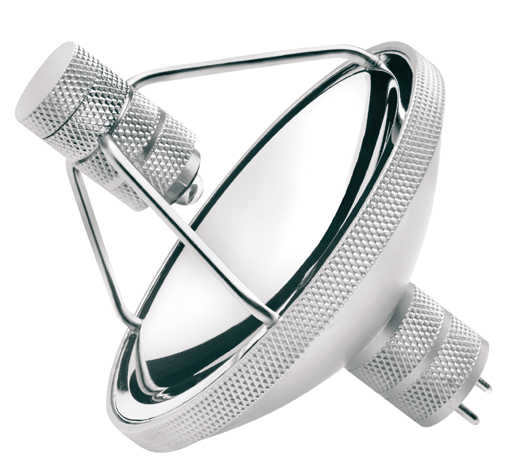
What is the purpose of a reflector?
There are various types of reflectors available, such as the Minin reflector, LED parabolic reflector, and others. In the case of the LED reflector, it is specifically designed to enhance the illumination of light. The way it works is that the emitted light is reflected off the reflector and focused onto the glass. This can be a headlamp, lens, or polarized glass, depending on its intended application.
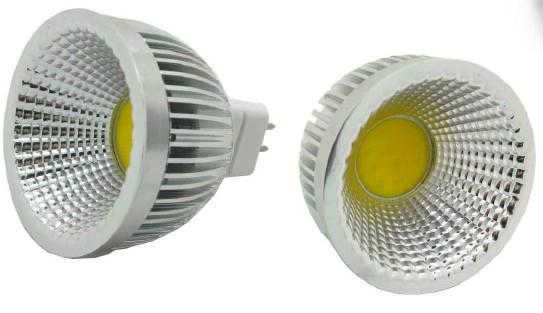
Applications
LED reflectors find their applications in various fields:
- They serve as decorative and special lighting in commercial establishments and restaurants.
- Galleries and libraries use them to illuminate objects that are sensitive to UV radiation and heat.
- LED reflectors are also used for street lighting, building illumination, and overpass bridges.
- They are also suitable for other small-scale installations.
The Blue Lamp of Minin
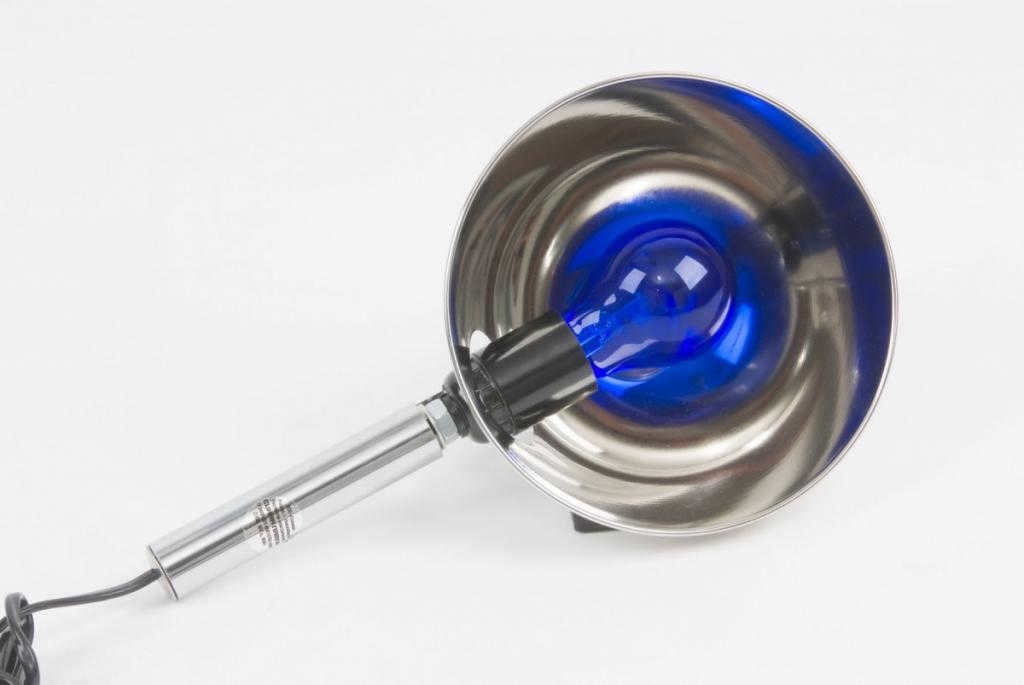
When using the blue lamp for treatment, it is important to ensure that the patient does not experience any pain or excessive heat. The lamp should be focused specifically on the affected area. It is necessary to ensure that the irradiation site is clean and free from grease. If the lamp is directed towards the eyes or bridge of the nose, it is important to keep the eyes closed and remove contact lenses. The recommended duration for treatment is 20 minutes.
Types of Reflectors. Different Devices
Let’s revisit the concept of a reflector – it is a device that reflects light, as well as radio and TV waves, using a curved mirror (specifically, a paraboloid of rotation) to focus the rays in a specific area. Reflectors come in various types and are utilized in different technological fields: such as television and radio communications, space and astronomical radio antennas, and satellite communications, among others. They are composed of one or multiple mirrors that facilitate the reflection of electromagnetic (light) or sound waves. The reflective surface of reflectors is typically mirror-like. These devices find applications in radar development, the implementation of phased antenna arrays, and specialized tracking antenna systems. Hence, their primary usage is often related to the military sector.
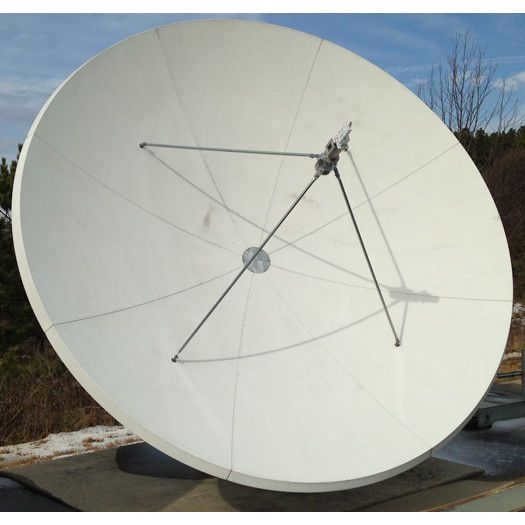
The role of the antenna reflector is to act as a secondary radiator. Its purpose is to enhance the received signal by being opposite to the primary diagram of the paraboloid. This design is commonly used in long-range satellite and space communications, as well as in the measurement and detection of quasars, neutron stars, and other unique celestial objects.
The primary lobe of the received signal refers to the specific area within the radiation pattern where the signal level and electromagnetic field saturation are maximized.
To gain a comprehensive and lucid comprehension of the reflector device’s design, allow us to elucidate: the headlight reflector is comprised of a sleek, polished, and concave surface, constructed from either copper or glass, upon which a layer of silver, followed by a layer of chrome or aluminum, is deposited via vacuum technology. Its purpose is to shape a light beam to the desired form. Automobile lamps emit light, with various types including simple incandescent lamps, halogen lamps, xenon HID lamps, LED lamps (utilizing LED technology), and a cutting-edge generation of optics – laser lamps. In modern vehicles, reflectors possess a structure akin to that of a cylindrical glass, with each segment illuminating its own section of the road. The primary objective of headlight reflectors is to concentrate the light emitted in all directions into a focused stream.
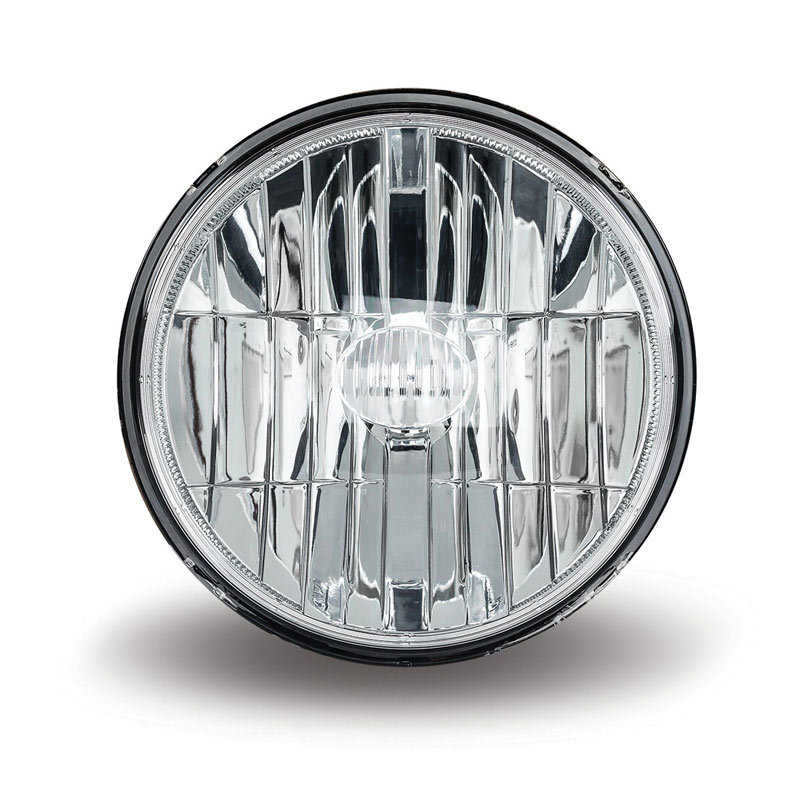
Various Headlight Varieties
There are several distinct types of automobile headlights, depending on their design:
- Crystal headlights, which feature segmented reflectors and transparent glass or specialized plastic material;
- Corrugated headlights, which utilize corrugated glass and a diffuser to direct and scatter light;
- Modular optics, which consist of sealed and independent optical (lens) components;
- Lenticular headlamps, also known as searchlight-type headlamps, which incorporate a crystalline lens with a collecting effect.
All of these headlight variations are utilized in the manufacturing of automobiles.
Understanding Reflector Design
Reflector design encompasses a wide range of forms, including reticulated, reticulated-parabolic, parabolic, rectangularly concave, elliptical, angular, and more. When it comes to developing, constructing, and designing technical devices, reflector design refers to the process of creating and implementing various functional reflectors. While standard designs typically use circular or rectangular shapes, alternative devices can be utilized to enhance the reflection of electromagnetic light, sound, heat, and other forms of radiation.
There is no need to rely solely on mirrors for the reflection and redirection of various waves that hit the active surface of the reflector. Alternatively, one can utilize special plastic counterparts that have been coated with a shiny layer in vacuum systems. The color and protective coating of these devices are also crucial factors to consider. Typically, LED and laser technologies are employed in the modification and design of such devices. As for lighting, spherical or parabolic reflectors can be utilized, or one may opt for different shapes of reflectors.
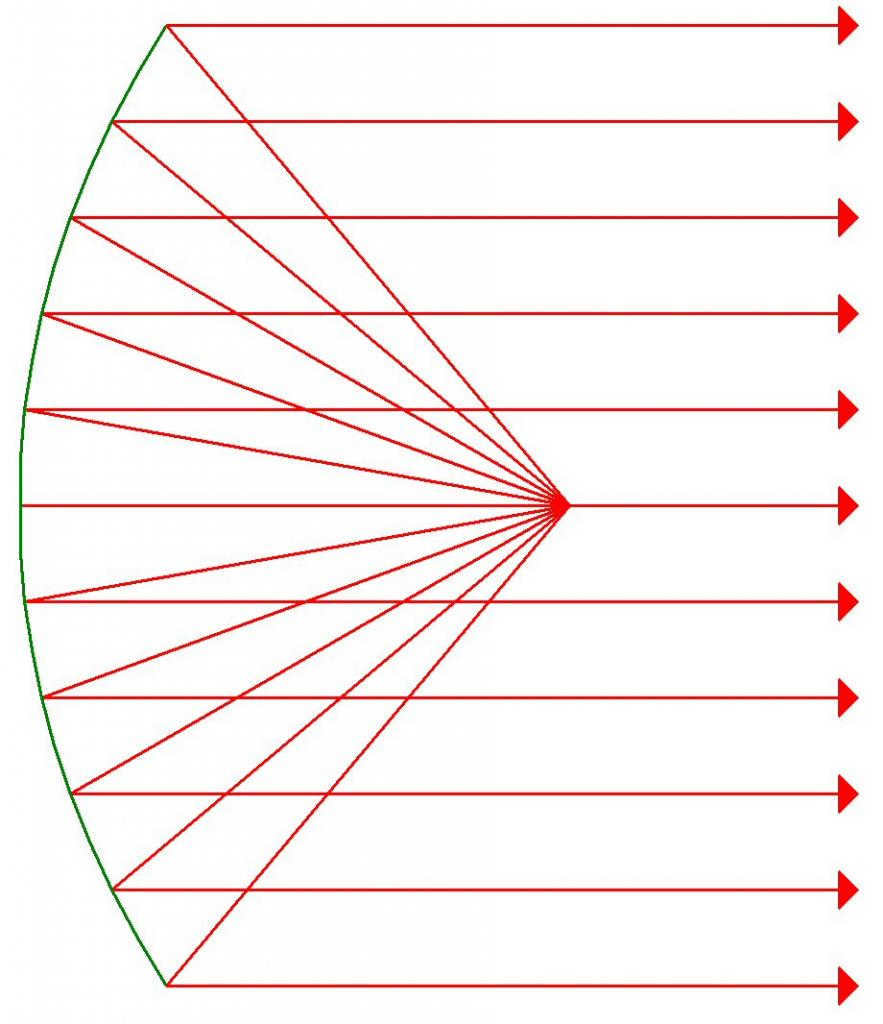
Summary
To reiterate, a reflector is a basic type of infrared observer used in households. It consists of a red-colored bulb and a metal lampshade. Reflectors have become widely utilized in various fields including satellite TV and radio communications, astronomy, biology, medicine, agriculture, household purposes, street lighting, hotels, and other human activities. The integration of composite materials in new antennas allows for the creation of optimal broadband receivers. One drawback is that the signal level received is low, but this can be compensated for with a built-in amplifier. These antenna systems have the potential to fully replace traditional aerial systems.
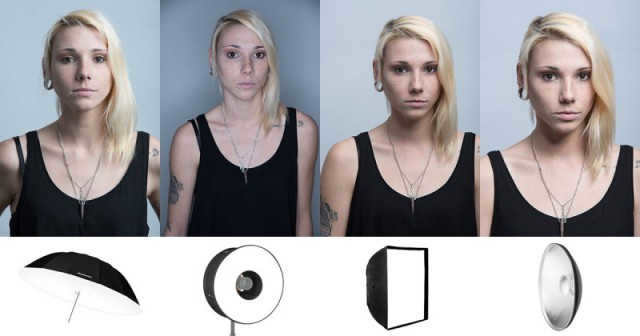
If you’re unsure about which light modifier to choose for your portrait shooting in the studio, French photographer Felix Barjou has some helpful advice. In this article, he explores the differences between the various light modifiers to assist you in making the right decision.
When it comes to portrait photography, there are numerous options to consider such as portrait plates, softboxes, stripboxes, reflectors, umbrellas in various sizes, ring flashes, and more. It’s similar to selecting a new car – there are plenty of choices, but finding the one that suits your specific needs can be a challenge.
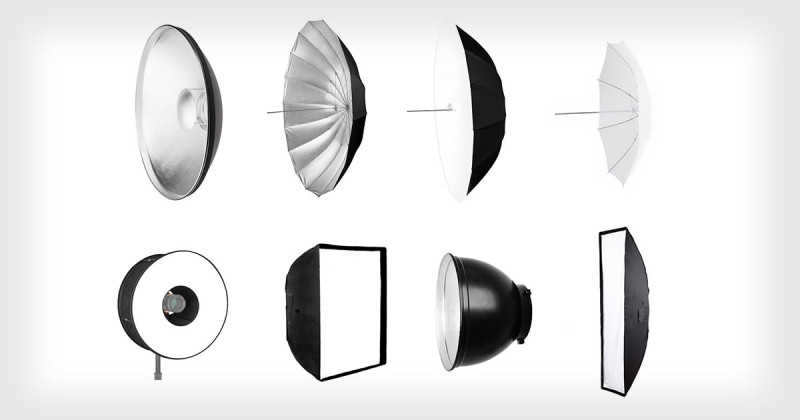
Plate for capturing portraits
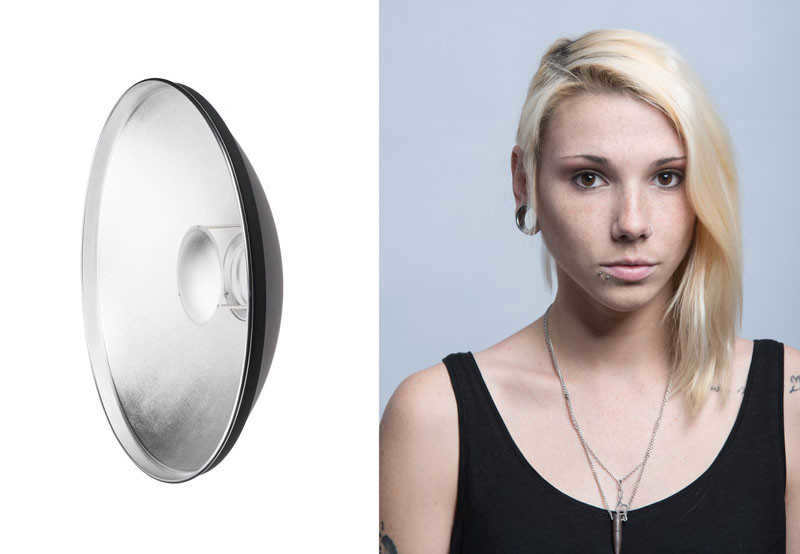
The purpose of a reflector is to enhance the details of the face and the texture of the skin. It is commonly utilized in fashion photography and makeup photography.
There are two variations of reflectors available: one with a silver surface and another with a white surface. The silver reflector produces a slightly harsher and more contrasting light, while the white reflector provides a softer light. Additionally, they differ in size, with 40 cm, 56 cm, and 70 cm being the classic options.
The small disc found inside the reflector redirects light towards its surface, preventing direct light from falling onto the subject. Furthermore, using this modifier creates a captivating reflection in the model’s eyes.
Reflecting Bowl
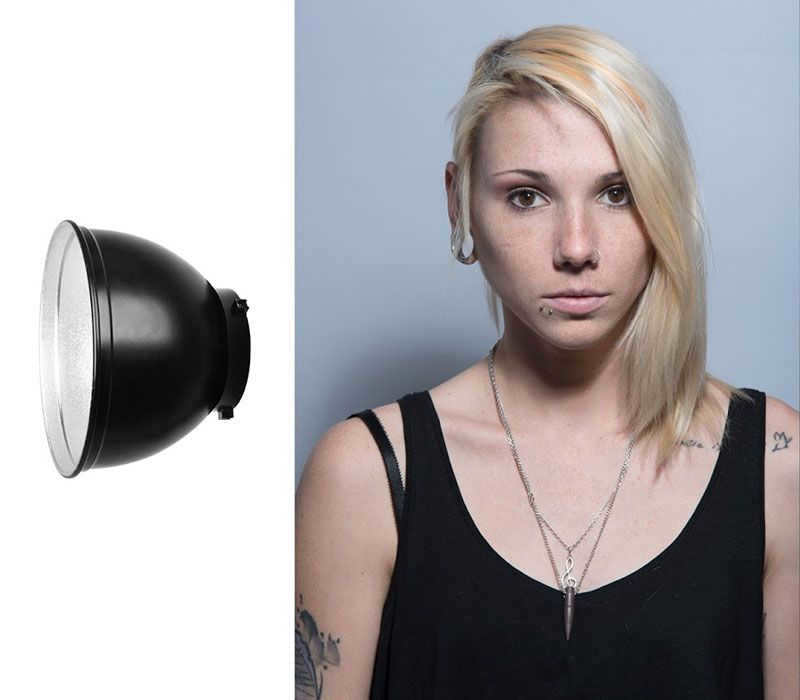
The standard bowl-shaped reflector that is included with studio flashes is the basic option. Reflectors are available in various sizes and depths to achieve different lighting effects. Typically, they are best suited for producing harsh, direct light.
When using a reflector, the model’s face will have high contrast lighting with distinct shadows. If your goal is to capture a soft portrait, this type of reflector will not be suitable.
Although small in size, this modifier can be used to manipulate shadows. By directing it towards a white wall, you can create diffused lighting, as the wall will act as an effective reflector.
Umbrella for Photography
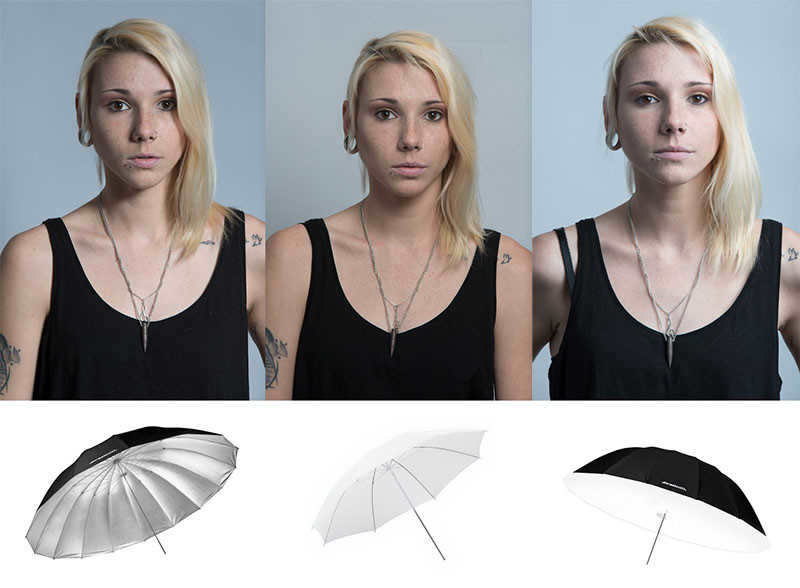
There is a wide variety of umbrellas available in different shapes and sizes. One type of umbrella that stands out is the photo umbrella, which offers a quick setup and takes up minimal space when folded.
When it comes to lighting, a silver umbrella is a great tool for creating hard and contrasting light. On the other hand, a white umbrella placed between the subject and the flash can provide a soft and diffused light, resulting in a natural and gentle studio environment.
An interesting option is a silver umbrella with a diffusing fabric, combining the benefits of both. The silver side creates a contrasting light, while the diffusing fabric helps to soften it, resulting in a unique and versatile lighting effect.
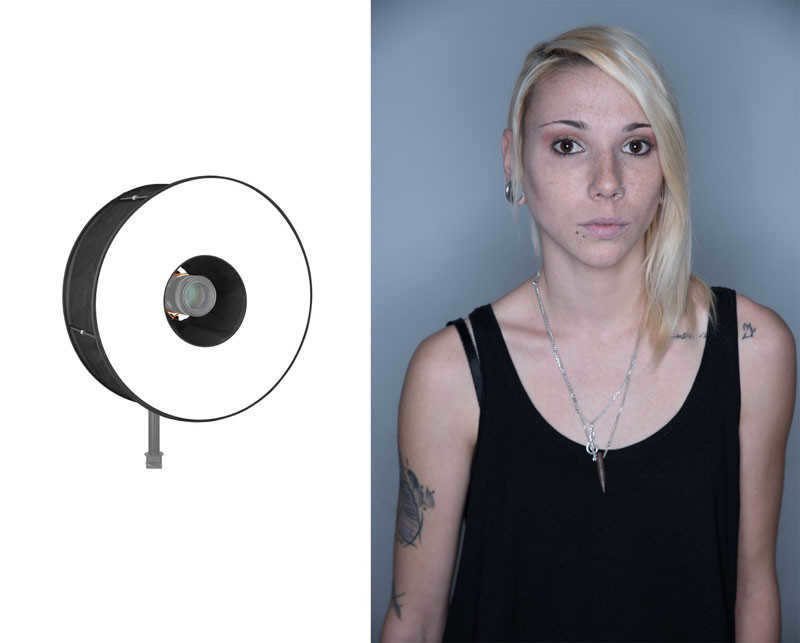
Ring flash is known for its ability to evenly light a subject with no visible shadows, create beautiful reflections in the eyes, and add a subtle halo effect in portraits. It is a versatile lighting tool that can be used in combination with other light sources.
Softbox
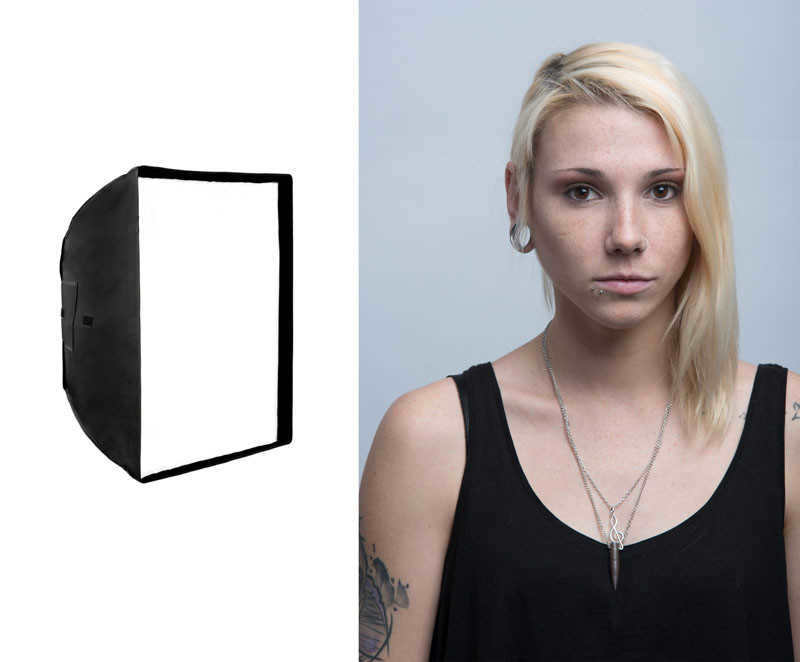
A softbox is a traditional light modifier that is available in various shapes and sizes, such as square, rectangular, and octagonal. Softboxes are also offered in both silver and white options. The larger the softbox, the greater the amount of diffused light it produces.
Stripbox
Revamp your look with Stripbox, a revolutionary new product that will transform your style. With Stripbox, you can say goodbye to boring and outdated fashion choices and hello to a fresh and modern wardrobe.
Stripbox is not your average clothing subscription service. We curate a personalized selection of trendy and high-quality pieces just for you, based on your style preferences and body shape. Our team of fashion experts hand-picks each item, ensuring that you receive only the best of the best.
Whether you’re looking for a complete wardrobe overhaul or just need a few key pieces to update your look, Stripbox has got you covered. Our easy-to-use platform makes it simple to browse and select the items you love, and our flexible subscription options ensure that you can always find the perfect plan for your needs.
Don’t settle for ordinary fashion. Elevate your style with Stripbox and discover a whole new world of fashion possibilities.
